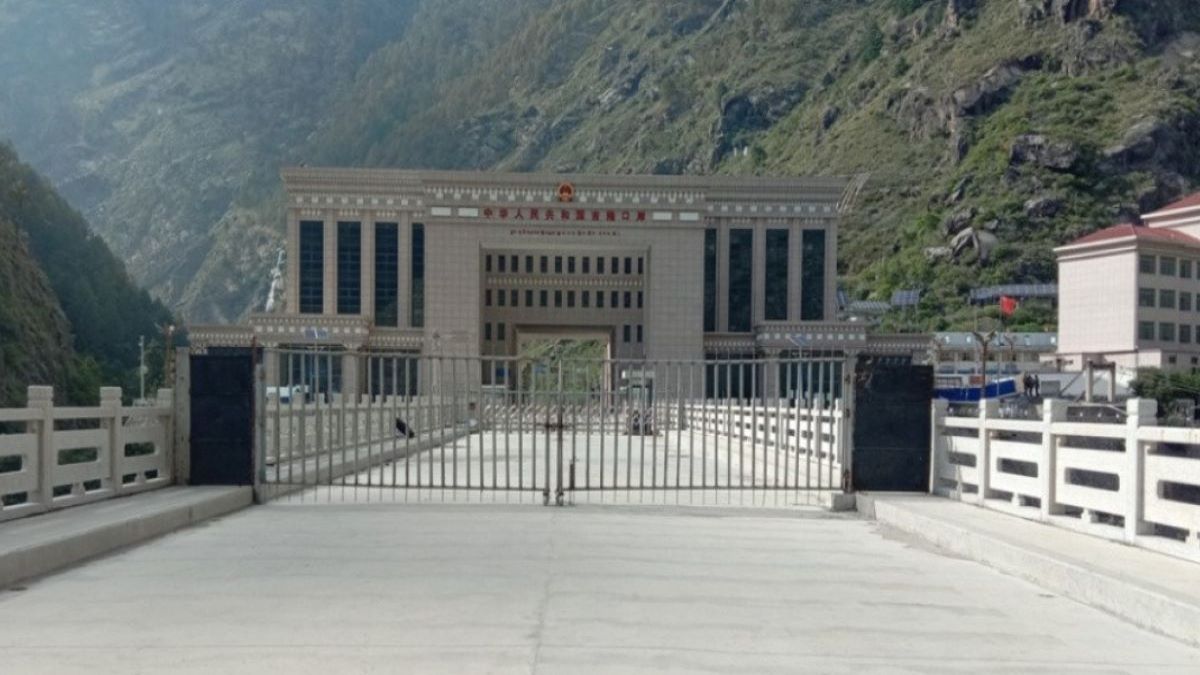
China’s “blockade” slowed down the trade of winter clothes
Even though the winter has increased, the trade of warm clothes in the market has not increased, traders said.
The traders of New Road and Asan, the main trading centers of Kathmandu, have complained that the trade of warm clothes worn in winter months has decreased by 30 percent compared to last year.
They said that in previous years, with the onset of winter months, the market used to be crowded with people to buy warm clothes, but this year, it is deserted.
Traders also have complained that though the goods do not arrive even after 9 months of ordering the goods, the small traders are in huge trouble.
Winter clothes have become exorbitantly expensive due to high transportation costs, high-interest rates of the banks, opening, and closing of the Chinese border, and low supply from China, according to traders.
As traders have been rerouting shipments because of the hassle of bringing goods overland from China across the northern border, costs have doubled.
Nepali merchants say they haven’t seen prices rise so steeply before.
As per Chandan Pathak, proprietor of Voss Apparels, a men’s clothing store on New Road, the price of each item has increased by Rs500 to Rs1,000.
Down jackets, long coats and fleece jackets have become pricier.
“Even the price of the humble thermocot has risen to Rs1,800-2,000 from Rs1,200-1,400 last year,” said Pathak.
He gets his stock from China and says that higher customs duties and freight charges are responsible for the price increases.
“Clothing items that come by air cargo are costlier than those that come overland,” said Pathak. “Even Nepal-made brands are expensive.”
Amit Lama, co-founder of apparel maker Doro Wears, said the company had been importing almost 95 percent of its raw materials from China.
“But as the raw materials are not arriving regularly as per demand, prices of winter clothes have gone up in the domestic market.”
Prices of each item of winter clothes in the domestic market have increased by Rs200 to Rs600, said Lama, whose company produces fleece jackets, windcheaters, hoodies and joggers, among other winter wear.
“Prices would be lower if the raw materials arrived on time,” he said. Lama said that sales had also decreased due to inflation.
“Sales have fallen. The cost of production has gone up steeply. It is getting difficult to survive in this business.”
According to Nepal Rastra Bank, prices of clothes and footwear rose by 7.68 percent in the first two months of the current fiscal year that ended mid-September.
The figure was 3.41 percent in the same period in the last fiscal year.















Comments